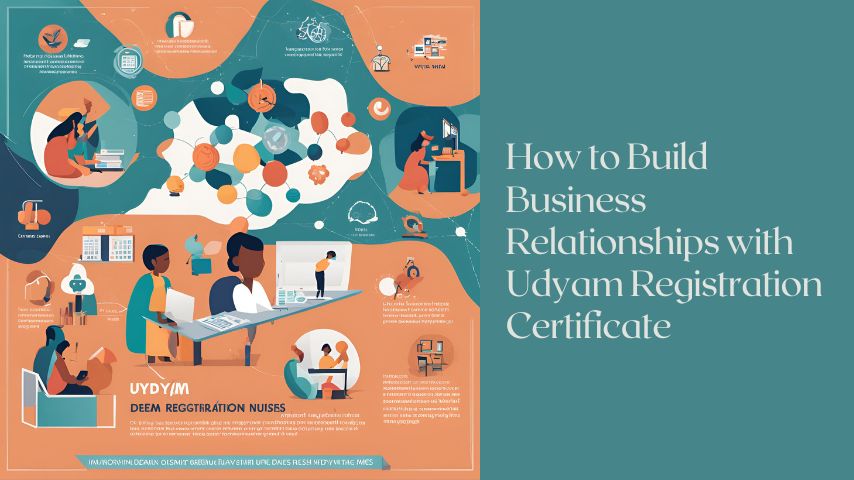1. Introduction
The demand for high-quality education and training programs has increased the focus on robust quality assurance (QA) processes. Unit 1: Understanding the Principles and Practices of Internally Assuring the Quality of Assessment is a foundational element of ensuring that assessments meet both internal standards and industry benchmarks. By delving into this unit, educators and assessors gain the skills necessary to maintain and improve the integrity, accuracy, and effectiveness of assessments.
2. What is Internal Quality Assurance in Assessment?
Internal Quality Assurance (IQA) in assessment refers to a series of structured processes and protocols aimed at ensuring that assessments are fair, consistent, and aligned with the desired outcomes. IQA safeguards the quality of assessment, ensuring it remains reliable and valid, whether it’s for vocational training, professional certification, or academic qualifications.
Quality assurance within assessments involves:
- Checking and standardizing the assessment process
- Ensuring assessors are competent and consistent
- Maintaining fairness and impartiality for all learners
3. Why Internal Quality Assurance Matters in Education and Training
Internal Quality Assurance in assessments is crucial for several reasons:
- Consistency: Ensures assessments are standardized, leading to uniform results across different assessors.
- Fairness: Guarantees assessments are fair and provide equal opportunity for all candidates to demonstrate their abilities.
- Reliability: Increases trust in the outcomes and overall quality of the certification process.
- Continuous Improvement: Supports regular evaluation and improvement of the assessment process.
These factors make IQA essential for institutions and organizations looking to maintain a reputable standing in education and training.
4. Key Principles of Internally Assuring the Quality of Assessment
Several guiding principles underpin internal quality assurance. These principles help create a systematic approach to managing and upholding quality in assessment processes:
a. Fairness
Assessments should be fair and impartial, ensuring that all candidates are evaluated under the same criteria without bias.
b. Validity
Assessments should accurately measure the intended competencies, aligning with the course objectives and industry standards.
c. Consistency
Internal quality assurance ensures consistency across different assessments and assessors by setting standardized criteria.
d. Reliability
Reliable assessments yield stable and accurate results over time, regardless of who administers or marks them.
e. Transparency
The assessment criteria, process, and results should be transparent, with clear communication to all stakeholders involved.
5. Core Practices for Quality Assurance in Assessments
Effective internal quality assurance involves implementing specific practices:
a. Standardization Meetings
Regular meetings among assessors help ensure they understand and apply assessment criteria consistently.
b. Sampling and Moderation
Sampling of assessment results allows for a review to ensure consistency and reliability in grading and judgment.
c. Feedback Mechanisms
Collecting feedback from assessors, students, and other stakeholders aids in identifying potential areas of improvement.
d. Documentation and Record-Keeping
Comprehensive records of assessment decisions, feedback, and internal quality checks are crucial for accountability and traceability.
e. Assessor Training and Development
Providing ongoing training to assessors ensures they remain up-to-date with industry standards and best practices.
6. Challenges and Solutions in Implementing Internal Quality Assurance
While implementing IQA offers numerous benefits, it also comes with challenges. Below are some common issues and strategies for overcoming them:
a. Resource Constraints
Solution: Prioritize essential IQA activities and streamline processes to reduce resource strain without sacrificing quality.
b. Lack of Assessor Consistency
Solution: Conduct more frequent training and standardization meetings to ensure assessors apply criteria consistently.
c. Resistance to Change
Solution: Engage all stakeholders early, explaining the benefits of IQA to foster acceptance and cooperation.
d. Time-Intensive Processes
Solution: Utilize technology to streamline processes, such as digital record-keeping and automated sampling.
7. Best Practices for Internally Assuring Quality in Assessments
To achieve a robust IQA process, organizations should consider implementing the following best practices:
- Set Clear IQA Policies: Ensure that all team members understand the policies and procedures for IQA.
- Use a Risk-Based Approach: Identify and prioritize areas that may pose risks to assessment quality.
- Regularly Review and Update Assessment Tools: Make sure that assessment tools and methods remain current and relevant.
- Implement Continuous Improvement Programs: Regularly assess and improve IQA practices based on stakeholder feedback and performance data.
8. Benefits of Strong Internal Quality Assurance Processes
An effective internal quality assurance process brings numerous benefits, including:
- Enhanced Credibility: Institutions with strong IQA processes are more credible and reputable.
- Improved Candidate Experience: A fair and reliable assessment process improves the overall candidate experience.
- Higher Staff Satisfaction: Clear IQA practices provide assessors with confidence and clarity in their roles.
- Reduced Reassessments: Consistent and accurate assessments reduce the need for reassessments, saving time and resources.
9. FAQs on Unit 1: Internal Quality Assurance of Assessment
Q1: What are the main goals of internal quality assurance in assessment?
A: The main goals are to ensure assessments are consistent, reliable, valid, and fair, and to promote continuous improvement in the assessment process.
Q2: How often should IQA processes be reviewed?
A: It’s best to review IQA processes at least annually, though some organizations may benefit from more frequent evaluations.
Q3: Who is responsible for internal quality assurance in an organization?
A: The responsibility often lies with the internal quality assurer or quality manager, but it can also be a shared responsibility among assessors, trainers, and administrative staff.
Q4: What is the role of sampling in IQA?
A: Sampling helps in checking the consistency of assessments and identifying any potential biases or inaccuracies in grading.
Q5: How does IQA benefit learners?
A: Learners benefit from IQA because it ensures they are assessed fairly and reliably, which enhances the value of their qualifications.
10. Conclusion
Unit 1: Understanding the Principles and Practices of Internally Assuring the Quality of Assessment is a vital component for anyone involved in educational assessment. By adhering to IQA principles and implementing best practices, organizations can uphold the quality, fairness, and integrity of their assessment processes. This strengthens the credibility of qualifications and provides confidence to learners, assessors, and industry stakeholders alike. Whether you’re new to IQA or looking to refine existing processes, a well-structured approach to internal quality assurance can make a significant difference in delivering educational excellence.




